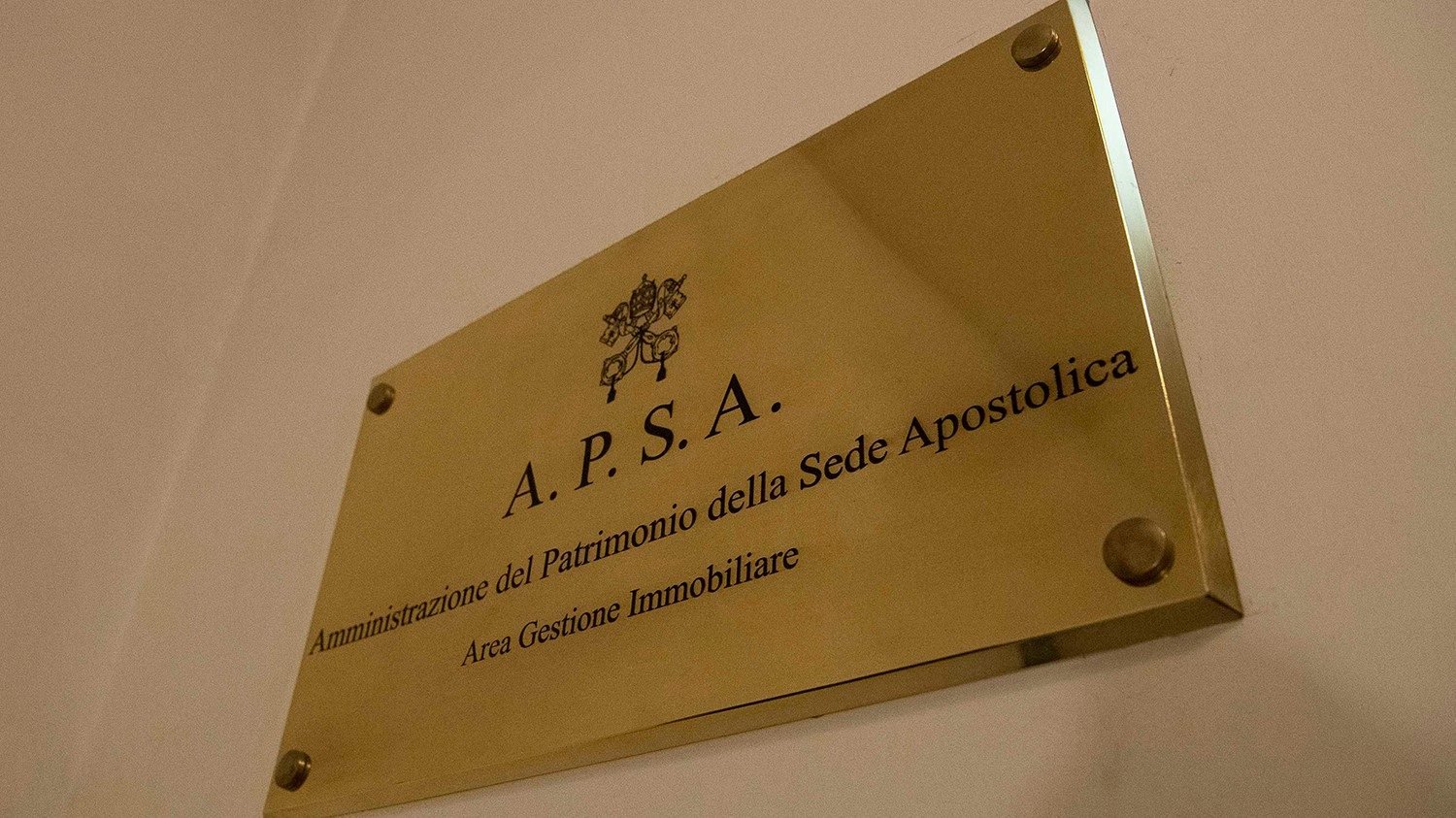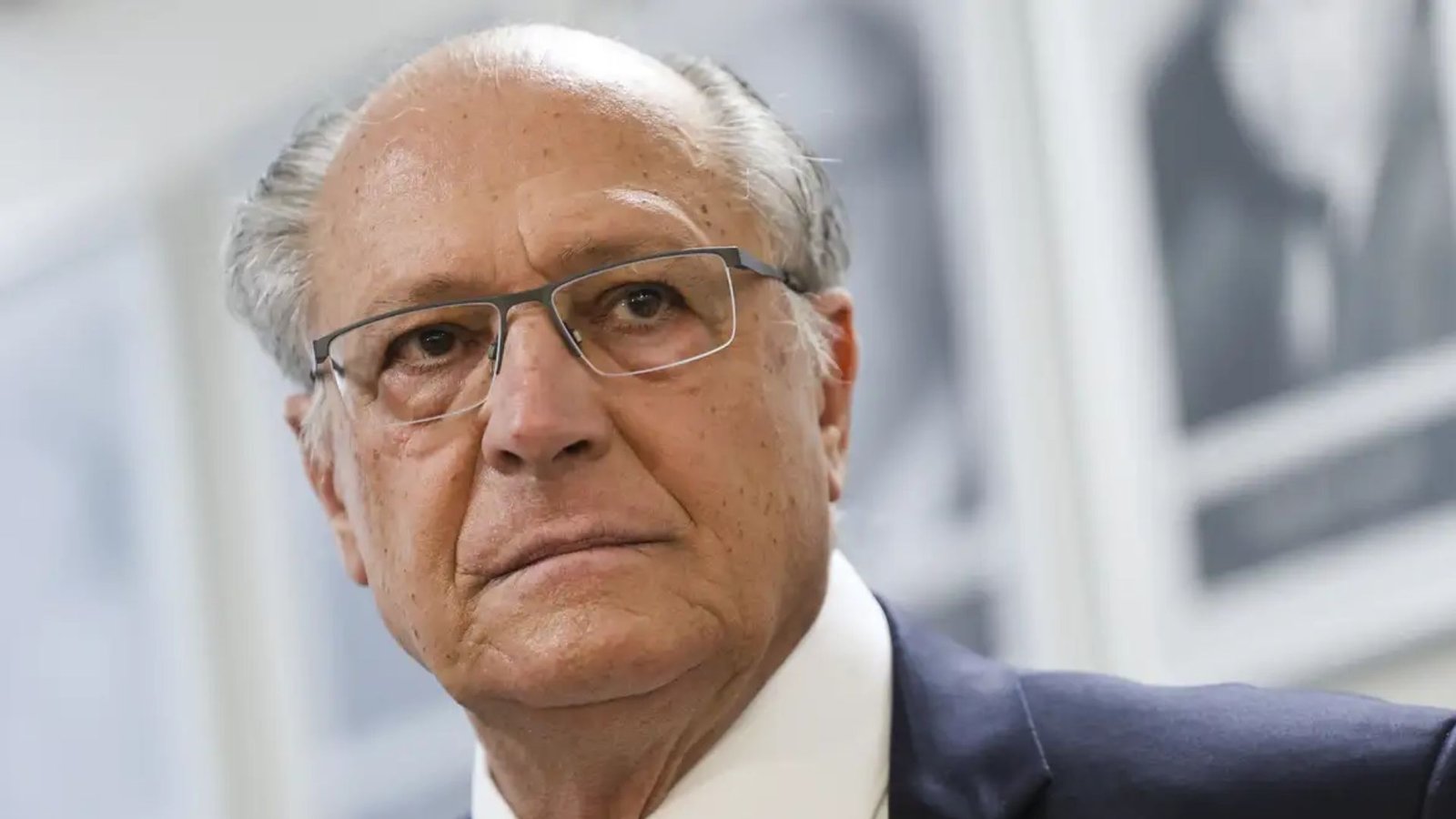The Vatican has published the financial statements of the Administration of the Patrimony of the Apostolic See (APSA), highlighting growth in profitability and larger contributions to the Roman Curia and the mission of the Church.
By Salvatore Cernuzio
An extraordinary profit of €62.2 million (more than €16 million higher than in 2023) and an extraordinary contribution of €46.1 million (more than €8 million higher than the €37.93 million in 2023) to cover the needs of the Holy See and the deficit of the Roman Curia: these are the figures that stand out in the 2024 budget of APSA, the Administration of the Patrimony of the Apostolic See, published on Friday. APSA President Archbishop Giordano Piccinotti told Vatican Media it is “one of the best budgets in recent years”.
A proactive organisation
The report released today is the fifth budget (after the publication of the first for 2020) made public by the body established in 1967 by Paul VI to manage the movable and immovable property of the Holy See.
Thanks to its legal autonomy, the Administration provides for the sustenance of the Holy See. During the difficult period of Covid-19, APSA effectively became “proactive” and “propositional” in the way it administers the assets entrusted to it.
Covering the “needs” of the Holy See
The “change” is even more noticeable in Friday’s document, which highlights the growth in profitability, not as an end in itself but as a means of ensuring a greater capacity to contribute to the needs of the Holy See—and, therefore, to the mission of the Church and the Pope.
“APSA is doing its duty,” Piccinotti emphasized. “We are going to provide significant coverage of the Curia’s financial needs.”
The Curia’s financial needs, amounting to 170.4 million, refer to the expenses incurred by APSA for the Holy See, that is, the sum of salaries and the purchase of goods and services. With a fixed contribution of 30 million euros and a variable contribution (50% of residual profit) of 16.087 million euros, the total APSA contributions to the Curia amount to 46.087 million euros, which Archbishop Piccinotti describes as “an extraordinary profit but also an extraordinary contribution”.
Profits
With regard to profits, the president recalled that in the three-year plan drawn up four years ago, the target was 50 million. The surplus recorded in Friday’s balance sheet is therefore a source of satisfaction, mainly the result of better administration of movable and immovable assets, focusing on maximizing value rather than cost reduction or sale of asset. All this has been undertaken according to processes of “rationalisation, transparency and professionalism”.
“This is not a point of arrival. My grandfather always said that you cannot get more than fifteen kilograms of cherries from a cherry tree. Well, we are almost there, but there is certainly room for improvement, and management is already very good. It is proof that we are not standing still”, Archbishop Piccinotti explained. “It’s not just about renting out vacant properties; in recent years, there has been a significant restructuring of property management, which has allowed us to rent at market prices. This brings in additional resources… In addition, APSA is operating ethically so that all processes are formalised and traceable”.
Asset management
The details can be found in the 34 pages of the financial statements, which provide an overview of the two major areas of management entrusted to APSA (assets and real estate).
With regard to the former, it should be noted that, during March and April 2024, the directives of the Holy See’s Investment Committee were implemented, which, among other things, stipulated that investments should be made in SMA (Separated Managed Accounts). These are similar to common investment funds but are owned by the Holy See.
This policy resulted in a significant reorganisation of the investment portfolio, which, on the one hand, made it possible to preserve the value of the assets at a time of market contraction; and, on the other, had a positive impact on the subsequent reinvestment phase.
Thanks to good timing, vision and strategy, APSA achieved a management return of 8.51 percentage points. “In other words, we sold when the market was high and bought when it was low. This led to a very high result”, 10 million euros more than the previous year.
Real estate management
On the other hand, the result of real estate management remained virtually unchanged compared to 2023: 35.1 million euros. This is the result of a ‘combined effect’ between the positive impact of higher revenues from APSA properties in Italy (+3.2 million euros) and those from investee companies in Italy and abroad (+0.8 million), and the negative impact (-3.9 million) of higher costs generated by APSA properties (of which 3.8 million euros was for maintenance alone).
However, the document highlights some new developments, such as the takeover of the assets of the Dicastery for the Eastern Churches; the agreement with the Vicariate for the donation of religious buildings; and the creation of “unit packages” to reduce vacancies.
Redevelopment initiatives are also underway to increase the commercial appeal of the properties, tenders for maintenance management, and a review of contract formats.
Real estate units and taxes
To date, there are 4,234 real estate units managed by APSA in Italy: 2,866 owned by the Administration itself (1,367 for residential use, 395 for commercial use); 1,368 owned by other entities.
On this point, and also in view of false narratives, it should be noted that APSA pays taxes directly and indirectly on properties located in Italy. In 2024, 6 million euros were paid for IMU (property tax) and 3.19 million euros for IRES (corporate income tax).
Property management is also carried out through subsidiaries in England (British Grolux Investments), France (Sopridex), Switzerland (Profima), and Italy (Società Agricola San Giuseppe, Società Edile Leonina, Sirea, Immobiliare Css).
Collaboration with Tecnocasa
Remaining in the area of property management, the collaboration with Italian real estate group Tecnocasa requires clarification after press reports last year suggested that APSA would transfer the administrative management of its assets to the well-known company.
“Property management is done by APSA, period”, Archbishop Piccinotti said. “What Tecnocasa does is showcase properties, organise viewings and facilitate the rental of small apartments. It obtains expressions of interest from clients chosen by APSA, then sends everything to us and APSA draws up the contract.”
A ‘work for others’
Another important point in the financial statements is that relating to the services provided, which account for about 40% of human resources.
It is “a work for others”, the president commented. “The Administration not only contributes to the Holy See with its profits, but also contributes to the mission of the Church by providing services that support APSA but are used by other entities.”
One example is the accounting and maintenance of the Nunciatures.
Completed projects and projects nearing completion
Finally, the last part of the budget outlines the projects initiated and continued in 2024, and looks to the future with ideas and proposals for which “time and energy” are being committed.
Among these, the Fratello Sole project stands out: the construction of an agri-voltaic plant in Santa Maria di Galeria which Pope Leo XIV visited on 19 June, to provide models of energy transition through the support of renewable energies.
“The projects to be implemented in 2025”, explained Piccinotti, “will also have to lead to an improvement in the coverage of the deficit.”





